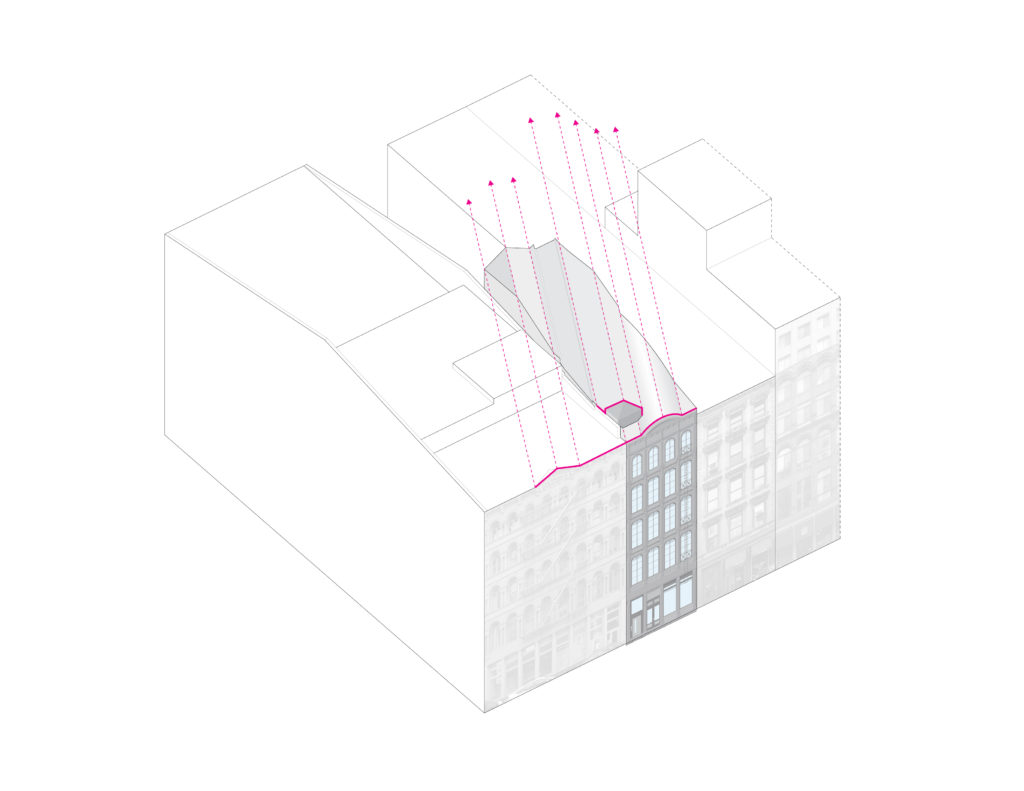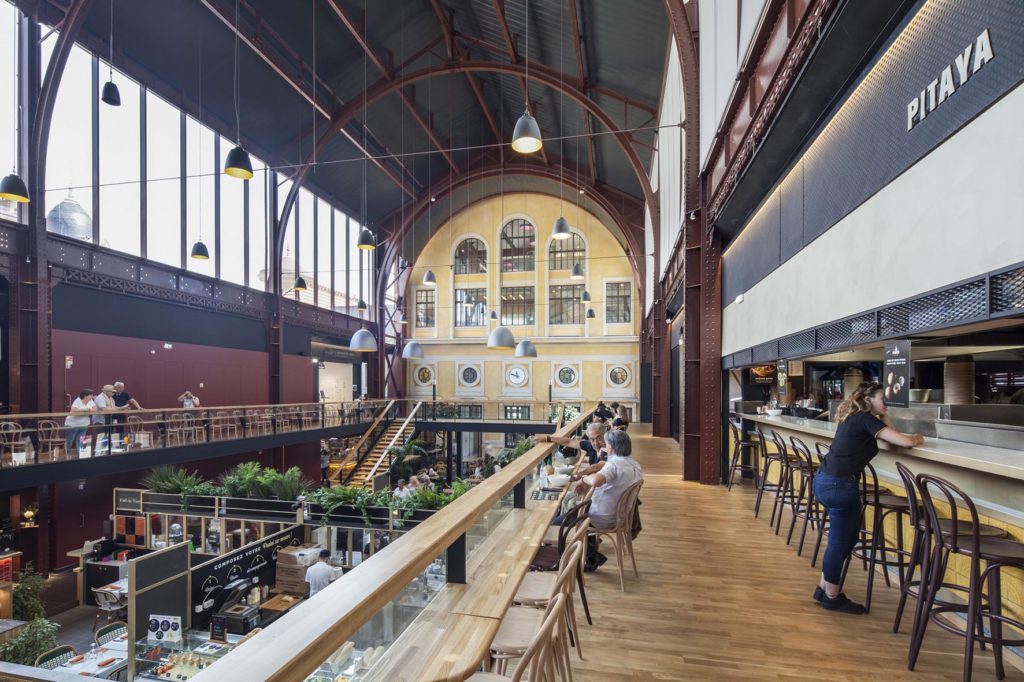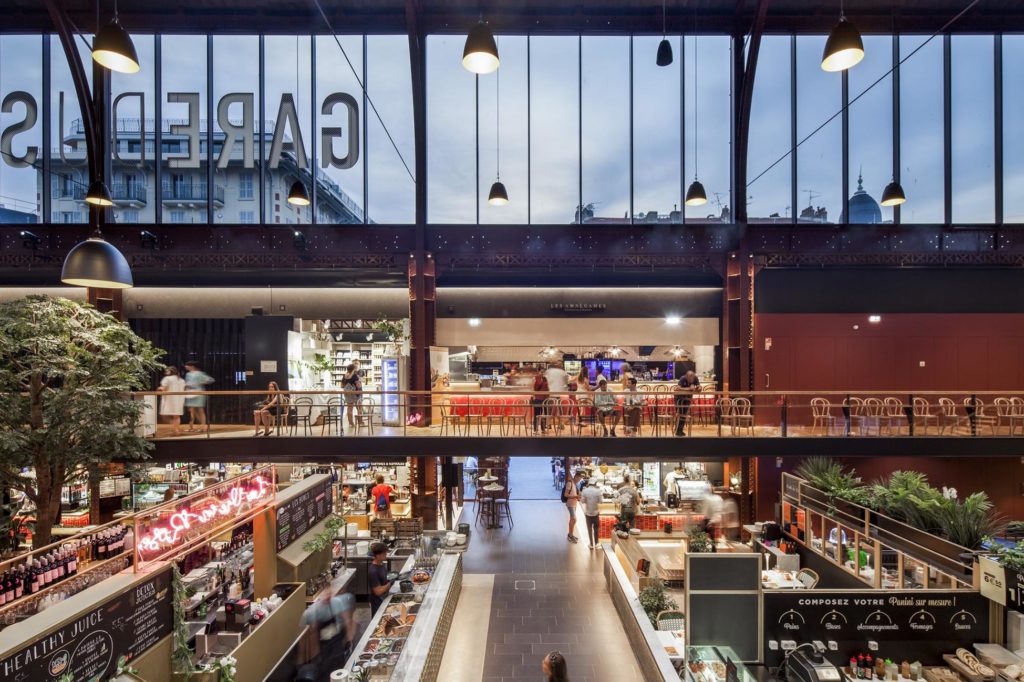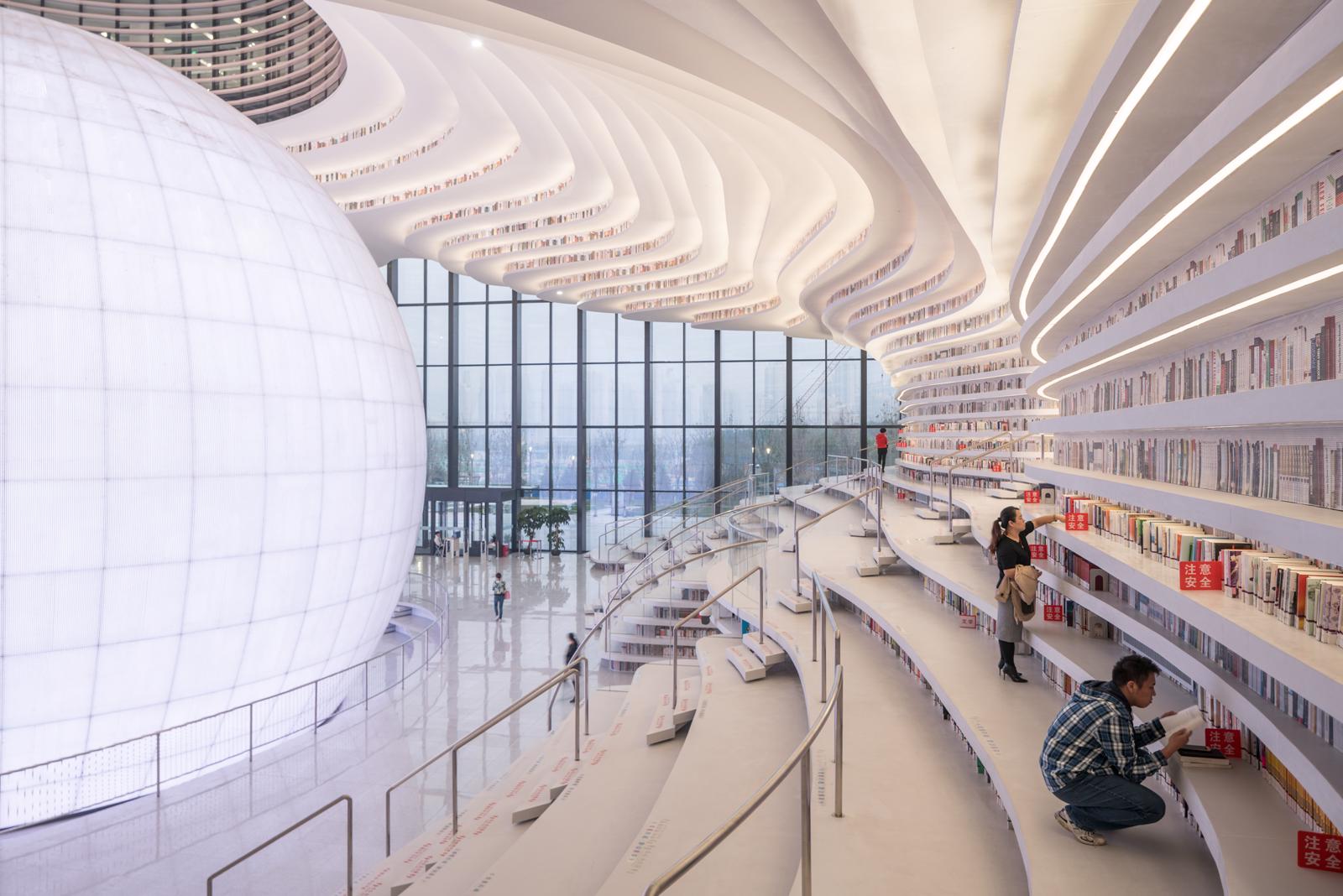Architizer's 13th A+Awards features a suite of sustainability-focused categories recognizing designers that are building a greener industry — and a better future. Start your entry to receive global recognition for your work!
A product of the industrial revolution, cast-iron quickly became a defining feature of 19th century architecture. Easy to mass produce and quick to assemble, expanding cities and neighborhoods from Paris to Soho applied the technology en masse and today are veritable museums of cast-iron buildings. As the technology spread, it transformed domestic, religious, and civil architecture. Cast-iron’s structural strength allowed architects to engineer expansive spaces and, when paired with glass, illuminate buildings in ways not previously possible.
While cast-iron was replaced by steel and concrete in the 20th century, features that made cast-iron architecture appealing a century ago — such as the ability to span large spaces without thick interior columns — retain value to communities in the present. Major cast-iron buildings, such as markets, gardens, and train stations, are now being renovated to prior and new functions. Working with historic 19th century buildings, architects are confronting how best to preserve and maintain aging cast-iron structures and are also finding new possibilities for the material in changing urban contexts.


 Secrétan Covered Market by Architecture Patrick Mauger, Paris, France
Secrétan Covered Market by Architecture Patrick Mauger, Paris, France
After a long period of disuse, Architecture Patrick Mauger restored the Secrétan Covered Market to its original function. Constructed as a produce market in 1868 in the style of Victor Baltard, the present opening of a food market has brought a central function back to the life of the 19th Arrondissement.
To fully bring the mixed-use space into the 21st century, the basement space was fitted for fitness rooms. Above diaper brick support walls, all glass in the façade was replace with glazing to increase thermal retention. To reinforce the original metalwork, a second steel frame was erected.


 Stealth Building – Reade St by WORKac, New York, NY
Stealth Building – Reade St by WORKac, New York, NY
When renovating historic buildings a key question is how to modernize — and oftentimes expand — while remaining attentive to the urban context and original architectural style. For the Stealth Building renovation, WORKac navigated the NYC Landmarks Commission requirement that rooftop additions remain invisible at street level. By recessing a jagged roofline behind the original curved pediment, the architects were able to increase available space by adding a penthouse. The entire façade was repainted in a dark grey color, contrasting the stone shades of nearby apartments. The curious penthouse roofline, designed to optimally disguise the new addition, was carefully calculated based on the shadow of the Stealth Building and its neighbor.


 Façade for Paul Smith by 6a architects, London, United Kingdom
Façade for Paul Smith by 6a architects, London, United Kingdom
The intricate patterns and folds of 6a architects’ cast-iron façade in Mayfair recall the detailed textile craftsmanship of the client—designer brand Paul Smith. The façade is composed of interlocking layers of ovals that culminate in a similarly designed balcony guard rail above the first floor. Countering the rigid geometry of the ironwork, three small designs by Paul Smith were cast onto the storefront, including a delightful drawing of a cat at street-level. Echoing the curves of the metal patterns, large vitrines project outward into the street, generating a glowing contrast with the dark iron.

 Gare du Sud by ENIA ARCHITECTES, Nice, France
Gare du Sud by ENIA ARCHITECTES, Nice, France
Nice’s Gare du Sud has lived many lives. Originally constructed for the 1889 Universal Exposition in Paris, it was afterwards relocated to Nice to serve as a train station. With changes to the rail lines, the cast-iron and glass structure was adapted as a library. Following an urban renewal plan for the neighborhood, ENIA ARCHITECTES designed a space with commercial and social function to reintegrate the station into the neighborhood. The interior houses multiple food vendors and bars, with space for indoor and outdoor dining.

 The Octagon – Pavilion Gardens by Bench Architects, Buxton, United Kingdom
The Octagon – Pavilion Gardens by Bench Architects, Buxton, United Kingdom
The glass and cast-iron Octagon, with its eponymous form, rises in the center of the grade-II listed Pavilion Gardens. Designed by Edward Milner and constructed in 1871, the complex was in need of structural maintenance and was repaired as part of a broader effort to revitalize the gardens. The restoration highlights the form of the historic structure, with polychromatic capitals and. Hanging O-ring lights illuminate the interior space.

 SoHo Cast Iron Restoration by Loci Architecture PLLC, New York, NY
SoHo Cast Iron Restoration by Loci Architecture PLLC, New York, NY
A collaborative space with lofts for 17 creatives, Loci Architecture PLLC renovated the historic 134-140 Grand Street in Soho for the Iron Clad Artists Cooperative. The six-story structure is a classic Second Empire style, with unusually large courses of windows. Its grand style belies its origins as a manufacturing warehouse before it was transformed into lofts for artists in 1977. Characteristic of the style is the mansard roof and elaborate Corinthian capitals.
Architizer's 13th A+Awards features a suite of sustainability-focused categories recognizing designers that are building a greener industry — and a better future. Start your entry to receive global recognition for your work!

 Façade for Paul Smith, Mayfair, London
Façade for Paul Smith, Mayfair, London  Secrétan covered market
Secrétan covered market  SoHo Cast Iron Restoration
SoHo Cast Iron Restoration  Stealth Building - Reade St
Stealth Building - Reade St  The Octagon - Pavilion Gardens
The Octagon - Pavilion Gardens 


